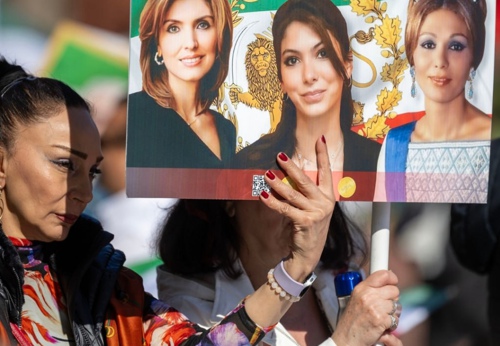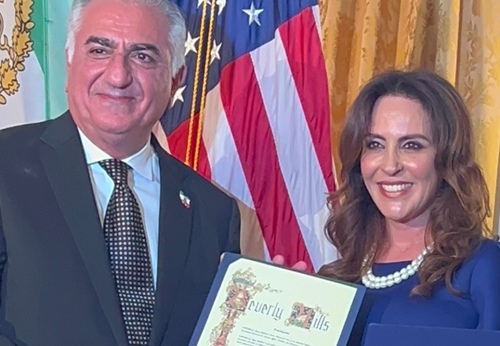The shared genetic continuity of Persians has been preserved for five thousand years
Consanguinity in The country The study clearly demonstrates that the rate of consanguinity (marriages between close relatives) varies widely among Persia’s ethnic groups. Arabs, Baloch, and Sistanis exhibit the highest inbreeding coefficients, while Gilaks and Kurds show the lowest. Since consanguinity can increase the likelihood of rare genetic disorders, this finding is highly significant for medical genetics research.
The country as a Genetic Bridge Between East and West This research, conducted collaboratively using data from the 1000 Genomes Project and ancient DNA samples, reveals that Persia holds a unique genetic position, serving as a bridge between Europe, the Caucasus, Central Asia, and South Asia.
The study’s findings indicate that Persia’s genetic diversity is the result of thousands of years of genetic continuity, cultural admixture, language adoption, limited migrations, and extensive interactions. Researchers hope these findings will pave the way for further genetic, medical, and archaeological investigations, enhancing awareness of Persia’s genetic map.





